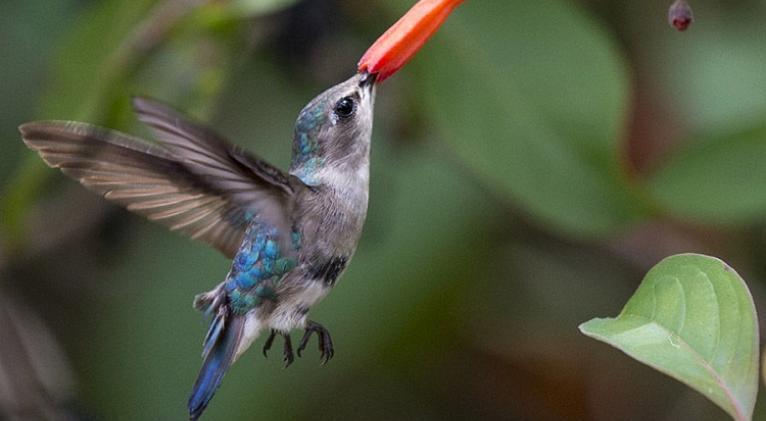Coexisting with Treasures

Sometimes life goes so fast, or it is so complicated, that it barely leaves us time to stop for a second to enjoy that beautiful butterfly hovering around, or that little hummingbird, so determined, flying over the rear-view mirror of the car parked in front of the portal.
However, we live on an island that is especially privileged on matters of flora and fauna. So much so that we are among the seven islands in the world with the highest percentage of endemism.
Without aiming for a scientific definition, endemism, used in biology, indicates that the distribution of a species is limited to a certain and reduced geographical area without being able to be found naturally in other geographies.
Therefore, we have many, many species that are unique. There are so many that, in the case of flora alone, of the nearly 6,500 species that exist here, 35% are only exclusive to this archipelago.
Something similar occurs with the fauna. Of the 160-plus species of reptiles that we have here, 88% are endemic; and among the 70 or so species of amphibians, 94% live only here.
Among those living beings that exclusively inhabit the Cuban soil, the Polymita-genus snails stand out in a special way, for having the most beautiful shells on the planet from their palette of bright and unique colors; The little hummingbird (Mellisuga helenae) also excels. They are the smallest birds in the world; and there is also room for the almiquí (Solenodon cubanus), the largest insectivore on Earth.
Although it is in the Nipe-Sagua-Baracoa mountain system where, above all, the greatest diversity of this native fauna is concentrated —bringing together more than 900 species of invertebrates and about 200 of vertebrates. In any case, wherever you are, it is worth stopping by and looking around for a while to enjoy the beauties and exclusiveness in front of our eyes.
Note: For these lines, the text “Cuba entre las siete islas de más elevado porcentaje de endemismo” by colleague Orfilio Peláez, served as a meaningful source.
Translated by Sergio A. Paneque Díaz / CubaSí Translation Staff














Add new comment